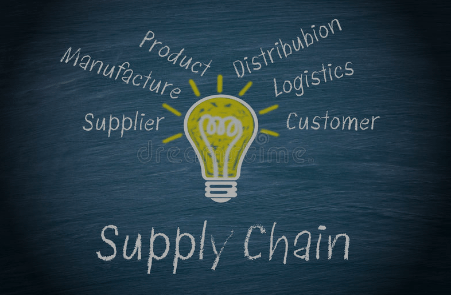One of the most common exceptions in SOC 2 reports involves the failure to remediate critical and high vulnerabilities in a timely manner. The purpose of this paper is to evaluate the importance of vulnerability management and why it is critical to addressing Common Criteria (CC) 7.1 in a SOC 2 […]
An effective patch management process is a critical component of cybersecurity strategy and is also essential to a successful SOC 2 audit. Patching is relevant to several of the Trust Services Criteria (TSC) in a SOC 2 report, but is considered most applicable to the change management requirements under CC8.1. When […]
Two key resources for SOC 2 reporting were updated during 2022: Revised Implementation Guidance was added to DC 200, 2018 Description Criteria for a Description of a Service Organization’s System in a SOC 2 Report. DC 200 includes the categories of information that must be addressed in an organization’s system description […]
One of the Trust Services Criteria that organizations sometimes struggle with in SOC 2 examinations is common criteria (CC) 9.2, The entity assesses and manages risks associated with vendors and business partners. Related to CC9.2 is description criteria (DC) #6, which requires that the system description disclose “controls that the subservice […]
Background In September 2020, the AICPA Auditing Standards Board issued Statement on Standards for Attestation Engagements (SSAE) No. 21, Direct Examination Engagements. SSAE No. 21 is applicable to SOC 2 audits, however, the changes brought about by SSAE No. 21 consist primarily of new terminology and the clarification of certain concepts. […]
Due to rapid technological advancement, the production, manufacture, or distribution of products often involves a high level of interdependence and connectivity between an entity and (a) organizations that supply raw materials or components for the manufacturing process (suppliers) and (b) the entity’s customers and business partners. These relationships are often considered part […]
Complementary User Entity Controls (CUECs) are an important component of SOC 2 reporting and are required to be disclosed in the description of the service organization’s system. The AICPA defines CUECs as follows: “CUECs are those controls that service organization management assumed, in the design of the system, would be implemented […]
Many companies that receive SOC 1 reports use “subservice organizations” as part of their service offering. The AICPA defines a subservice organization as: “A service organization used by another service organization to perform some or all of the services provided to user entities that are likely to be relevant to those […]
It is not unusual for an organization that is engaged in its first SOC 2 audit to receive a qualified (i.e. modified) opinion from its SOC auditor as it pursues the path toward a more robust and mature set of controls. It is also common for organizations that are in the […]
A bridge letter, also referred to as a gap letter, can be used to bridge the “gap” between the service organization’s SOC report date and the user entity’s year-end (i.e., calendar or fiscal year-end). Bridge letters are used for both SOC 1 and SOC 2 reports. SOC reports typically cover a period […]










